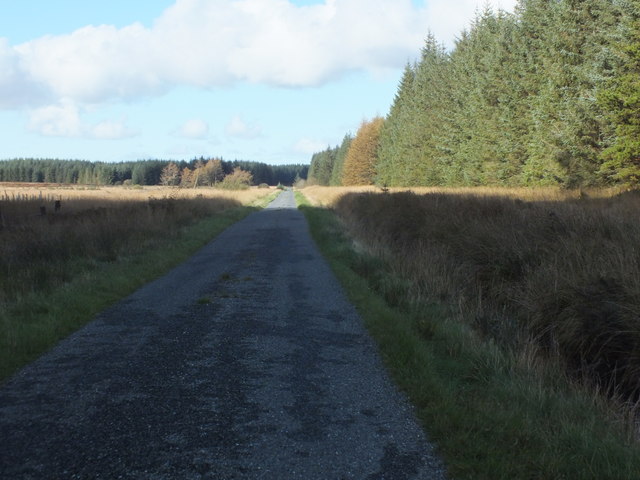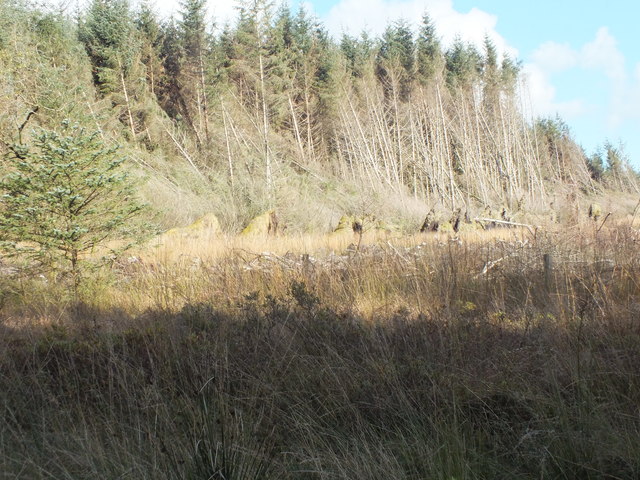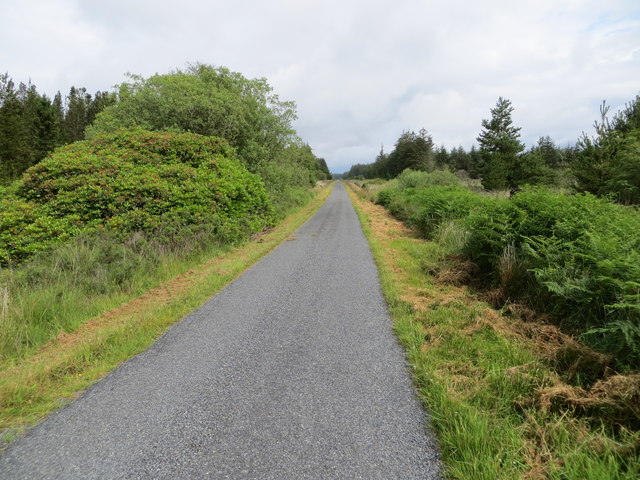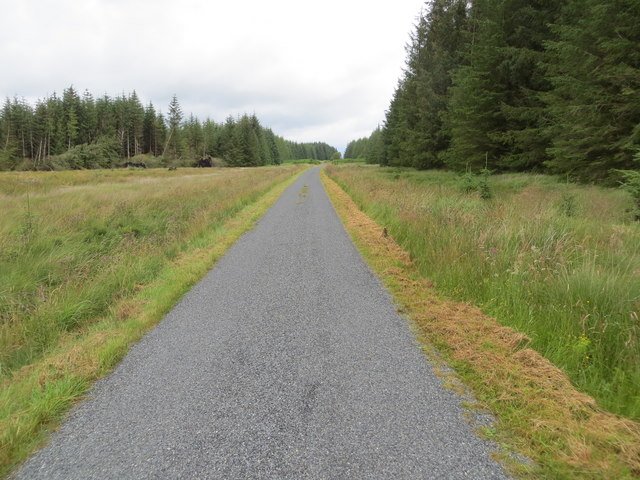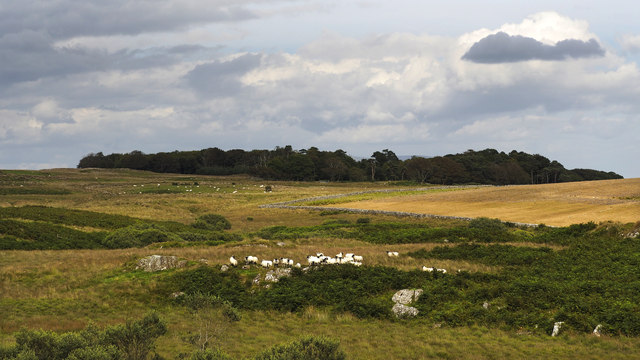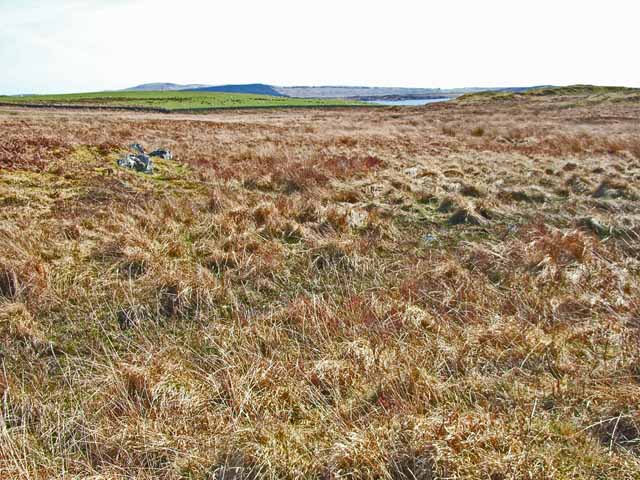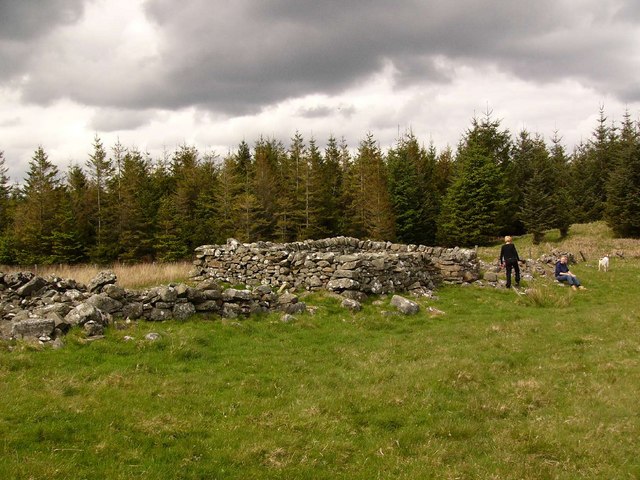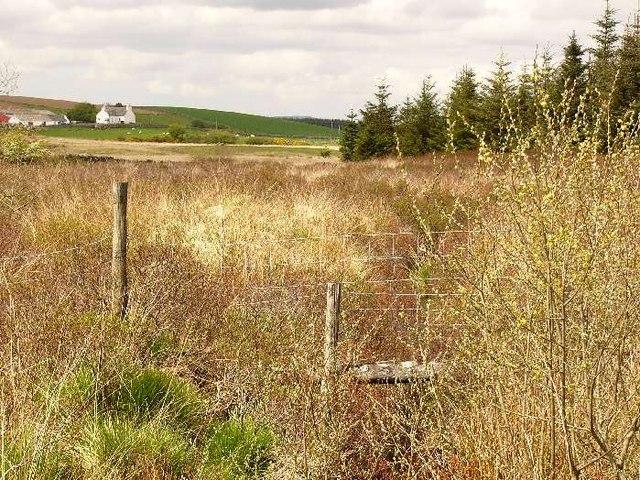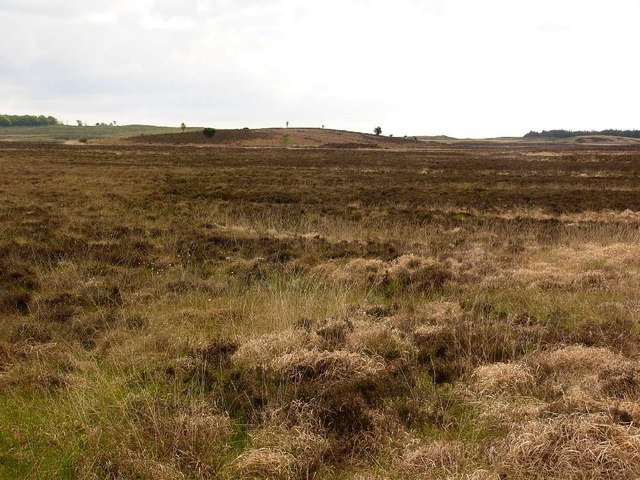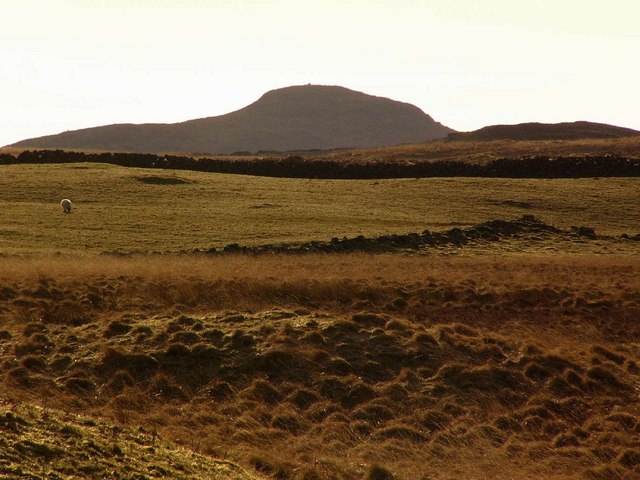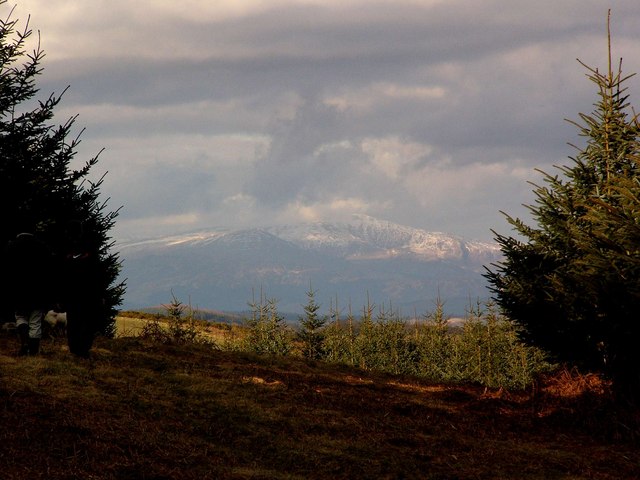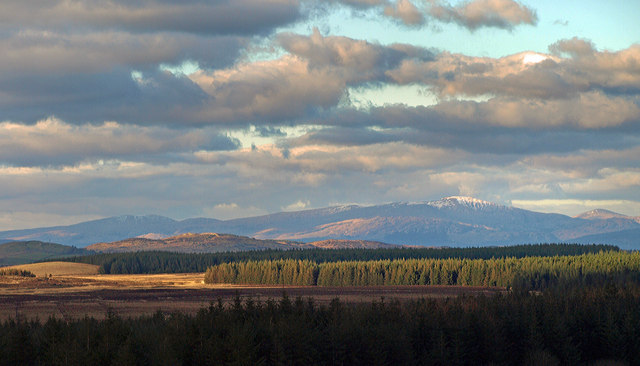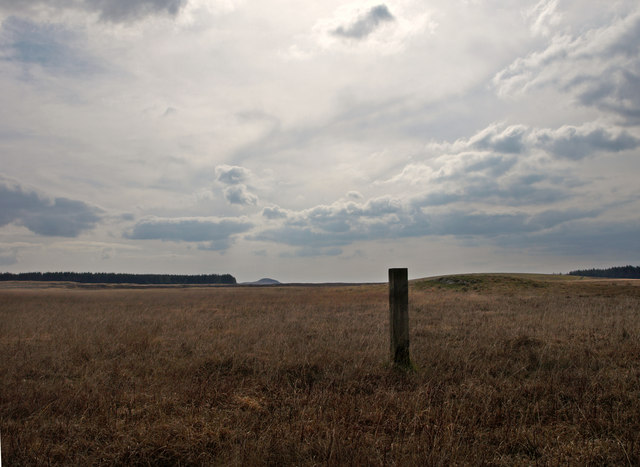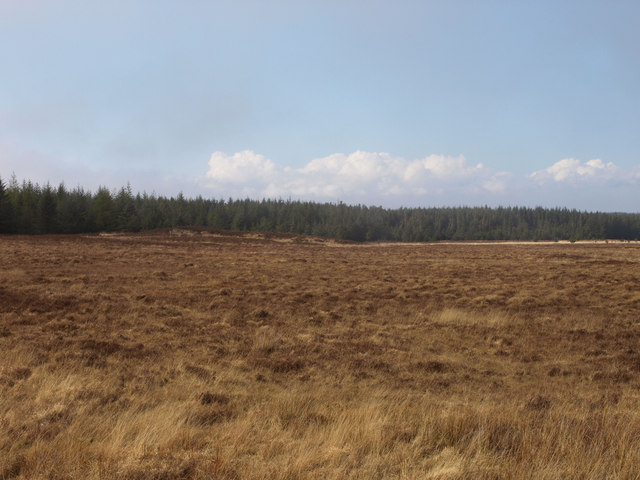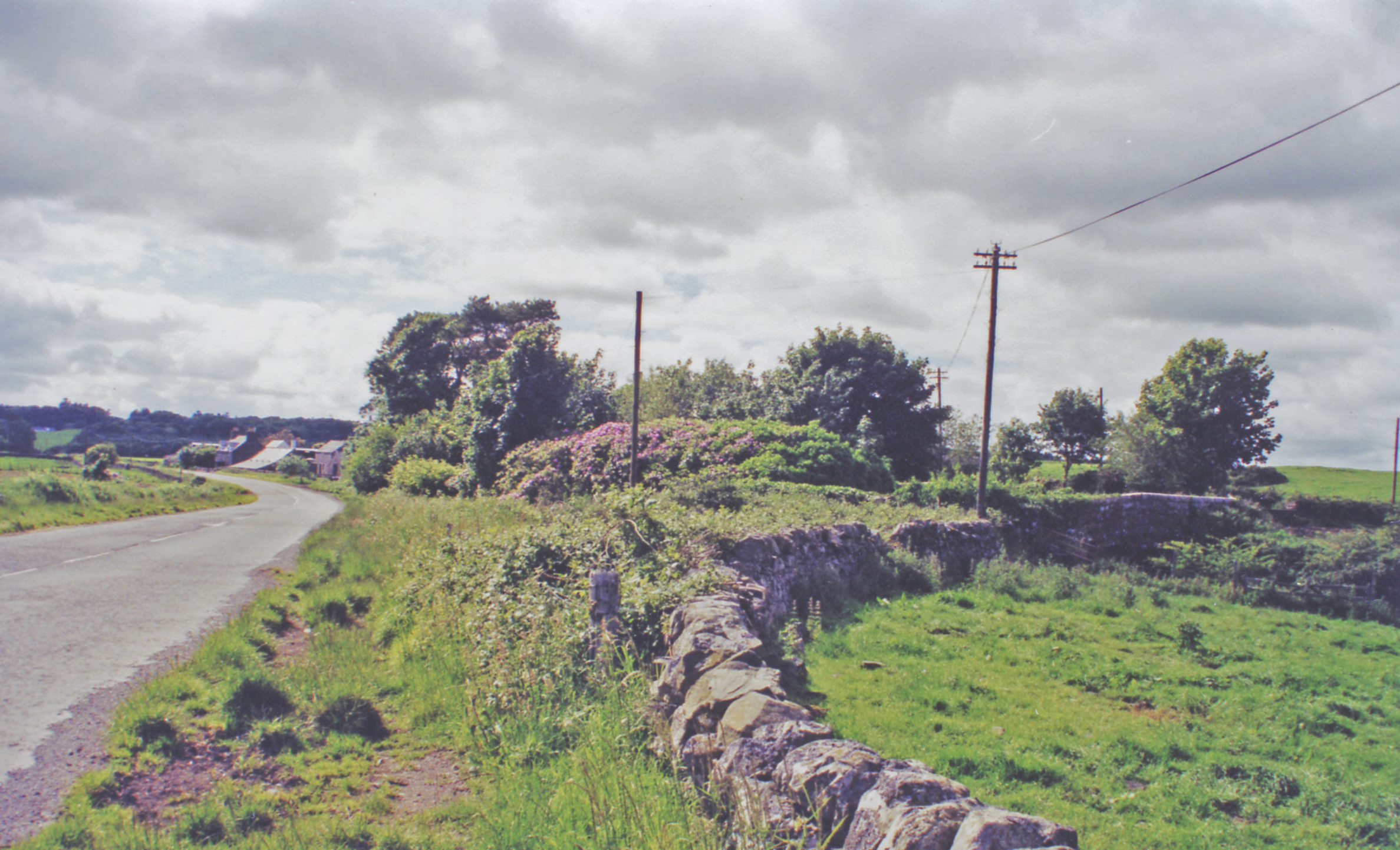Annabaglish Moss
Wood, Forest in Wigtownshire
Scotland
Annabaglish Moss
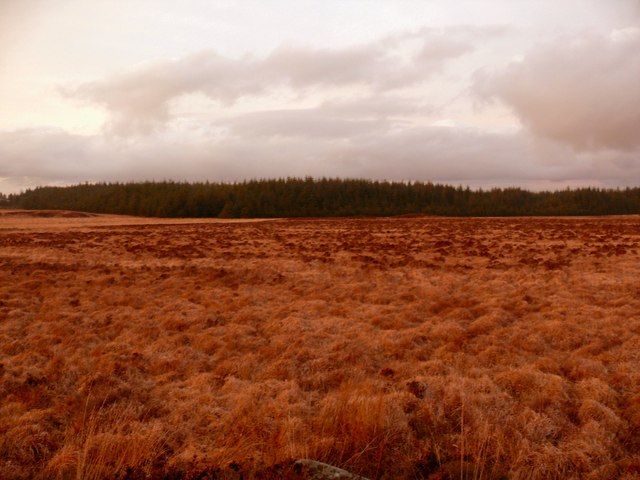
Annabaglish Moss is a picturesque wood located in Wigtownshire, a region in southwestern Scotland. Nestled amidst the natural beauty of the area, this tranquil forest is a haven for nature enthusiasts and outdoor adventurers alike.
Covering an area of approximately 150 hectares, Annabaglish Moss is renowned for its diverse ecosystem and abundance of plant and animal species. The forest floor is carpeted with a thick layer of moss, giving the wood its name and creating a unique and enchanting atmosphere. The mossy landscape is interspersed with ancient, towering trees such as oak, ash, and birch, providing a rich habitat for a variety of woodland creatures.
Visitors to Annabaglish Moss can embark on scenic walks or hikes along the well-maintained trails that wind through the forest. The paths offer breathtaking views of the surrounding countryside, including rolling hills and the nearby coastline. Along the way, one may encounter a plethora of wildlife, including deer, foxes, and a wide range of bird species.
Due to its ecological significance, Annabaglish Moss is a designated Site of Special Scientific Interest (SSSI). This recognition underscores its importance as a protected area for the preservation of the natural environment and its contribution to scientific research and education.
Whether you are seeking a peaceful retreat, an opportunity for wildlife spotting, or simply a chance to immerse yourself in nature, Annabaglish Moss is a must-visit destination for those exploring the beauty of Wigtownshire.
If you have any feedback on the listing, please let us know in the comments section below.
Annabaglish Moss Images
Images are sourced within 2km of 54.876462/-4.6698676 or Grid Reference NX2856. Thanks to Geograph Open Source API. All images are credited.

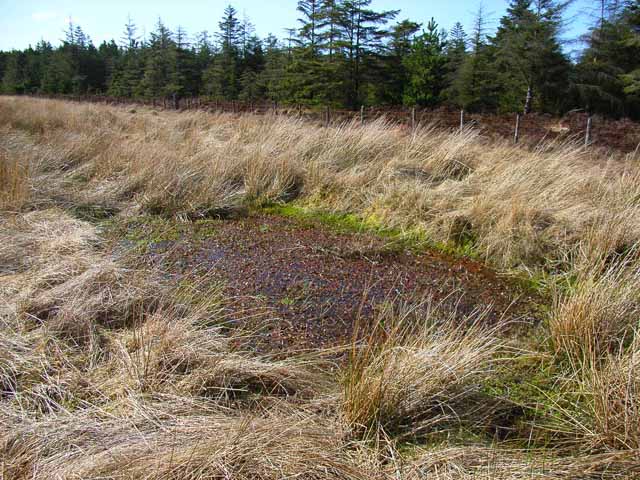
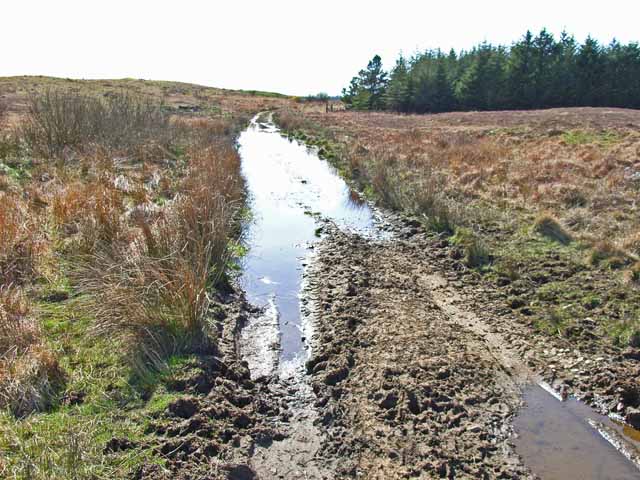
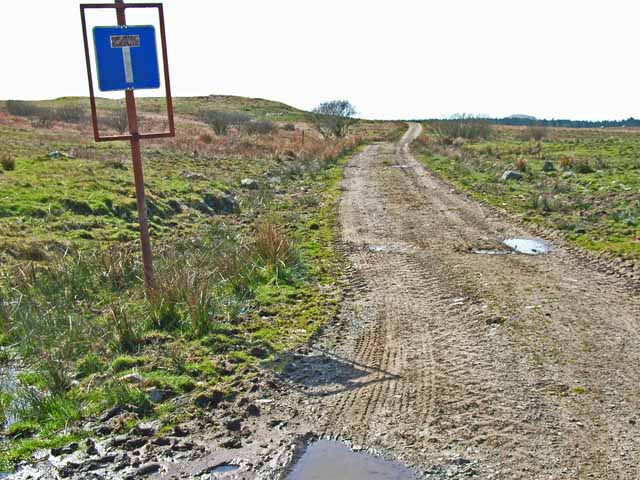
Annabaglish Moss is located at Grid Ref: NX2856 (Lat: 54.876462, Lng: -4.6698676)
Unitary Authority: Dumfries and Galloway
Police Authority: Dumfries and Galloway
What 3 Words
///pins.cosmic.unzipped. Near Newton Stewart, Dumfries & Galloway
Nearby Locations
Related Wikis
Castle Loch, Dumfries and Galloway
Castle Loch is a large, shallow, freshwater loch in Dumfries and Galloway, in the Southern Uplands of south-west Scotland. It lies to the west of Mochrum...
Castle Loch
Castle Loch is a shallow eutrophic loch covering an area of around 100 hectares in the town of Lochmaben in Dumfries and Galloway, Scotland. It lies to...
Barhapple Loch
Barhapple Loch is a small semicircular freshwater loch located in Wigtownshire, Dumfries and Galloway in Scotland. Barhapple Loch is principally known...
Mochrum Loch
Mochrum Loch is a large, irregular shaped, shallow, freshwater loch in Dumfries and Galloway, in the Southern Uplands of south-west Scotland. It lies approximately...
Doon of May
The Doon of May is a conifer plantation associated with an Iron Age hill fort in Dumfries and Galloway, south-west Scotland. Located around 14 kilometres...
Kirkcowan railway station
Kirkcowan railway station served the village of Kirkcowan, Dumfries and Galloway, Scotland from 1861 to 1965 on the Portpatrick and Wigtownshire Joint...
Kirkcowan
Kirkcowan is an area about 15 miles in length, and from nearly two to nearly seven miles in breadth, comprising 30,580 acres, of which 7000 are arable...
Machars
The Machars (Scottish Gaelic: Machair Ghallghaidhealaibh) is a peninsula in the historical county of Wigtownshire in Galloway in the south-west of Scotland...
Have you been to Annabaglish Moss?
Leave your review of Annabaglish Moss below (or comments, questions and feedback).
